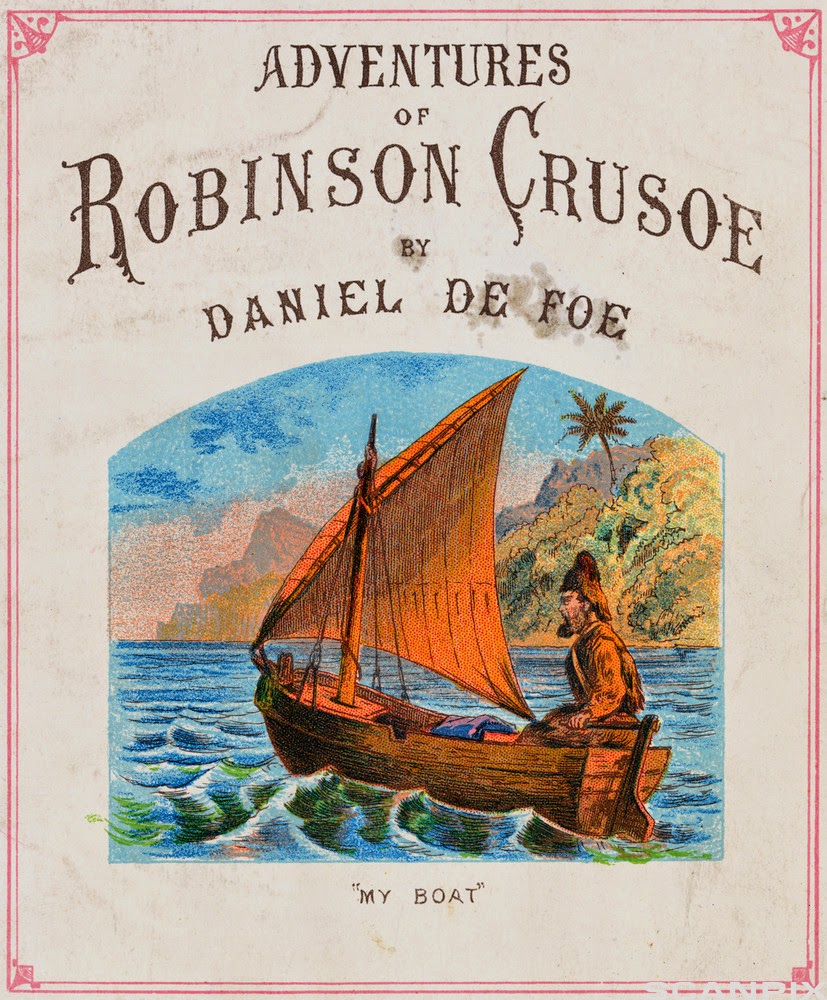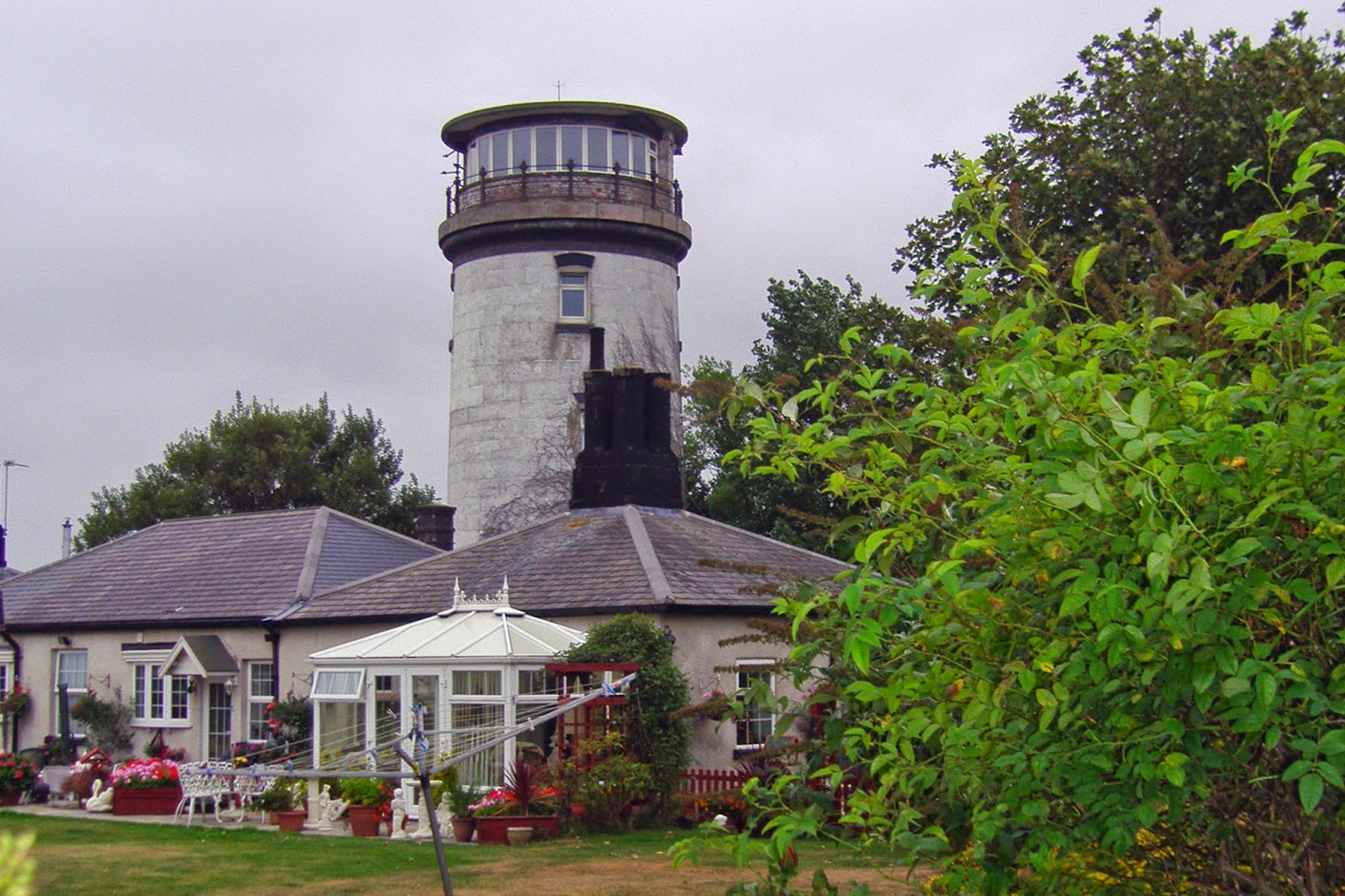As you can see in the picture above, (Wikimedia Commons, Starvos1's image), it was one of Trinity House's sturdy, but also handsome, light towers. But its history goes back much earlier....
The first tower here was built in 1617. Little is known about it other than it burned down and was replaced in 1687 by the Turner family. They charged shipping a penny per ton to pass their stone lighthouse. Surely, the beacon was feeble. It could have been a large candelabra or oil lamp.
In the late 1830s Trinity House bought the tower from the family, made improvements, and kept it in service. The Fresnel lens had revolutionized illumination by this time, and England was keen to use it. The beacon now shone 17-miles at sea.
Winterton-on-Sea itself seemed to have been built from shipwreck. Adjacent Winterton Ness included a sandbar that stretched out into the busy Yarmouth Roads, snagging vessel after vessel. Most of the townspeople made their living from wrecking---salvaging what they could from shipwrecks and either selling it putting it to their own use. They were seasoned rescuers too. Watching for ships in trouble was not only a past time but a vocation.
Every building in the town's early days, and its furnishings, had likely been created from the timbers and cargoes of wrecked ships. The sea tossed up all manner of things, and the poor villagers, believing God had sent them the bounty, gathered up the provident goods and claimed them. Mahogany panels lined their house walls, silks hung at the windows, spars held up their barns and sheds, claret spiced their porridge, and strange souvenirs such as coconut shells and ivory tusks decorated their hearths.
Shipwrecks were fewer after a beacon was established at Winteton-on-Sea in 1617. But it wasn't until Trinity House took over the lighthouse in the 1830s that it truly became a boon to mariners. The lighthouse was now 67-feet-tall and elevated on a 35-foot bluff. As mentioned earlier, it's beam was cast 17-miles to sea from a state-of-the-art lantern.
The beloved lighthouse was a favorite with the English, and Winterton-on-Sea was famous for its cruel North Sea weather. Daniel DeFoe included the town and its lighthouse in his classic novel, Adventures of Robinson Crusoe, though he had never seen the tower. Knowing how notorious the seas were at Winterton-on-Sea, he decided it was an apt setting for a storm:
"...we made but slow way towards shore, nor were we able to reach the shore until, being past the lighthouse at Winterton, the shore falls off to the west towards Cromer, so the land broke off a little the violence of the wind..."
During World War I the lighthouse was used as a lookout post. A few years later it was deemed redundant and scheduled for decommissioning and demolition. However, it ended up being put on the auction block and sold. The top portion was removed and carted away to the Star Hotel of Great Yarmouth where an observation platform was placed on top of it. (Apparently, Trinity House did not auction the lantern. It likely was recycled for another lighthouse.)
The sold portion of the tower spent time as a hotel, then was made a private residence. It again was repurposed as a lookout tower during World War II. At this time, it was strengthened with stone and concrete.
Shown are the remains of the decapitated lighthouse in 1935, from www.georgeplunkett.co.uk.
After the war, the sold portion of the tower went to private hands and has remained there since. The recent image below is from http://www.simplonpc.co.uk/Lighthouses-SE1.html. The tower and old keeper's cottage are owned by different individuals.
It's rather amazing, though, to think that some of the tower's stonework dates back to 1687--over three centuries old.






No comments:
Post a Comment
I welcome your comments, photos, stories, etc.!